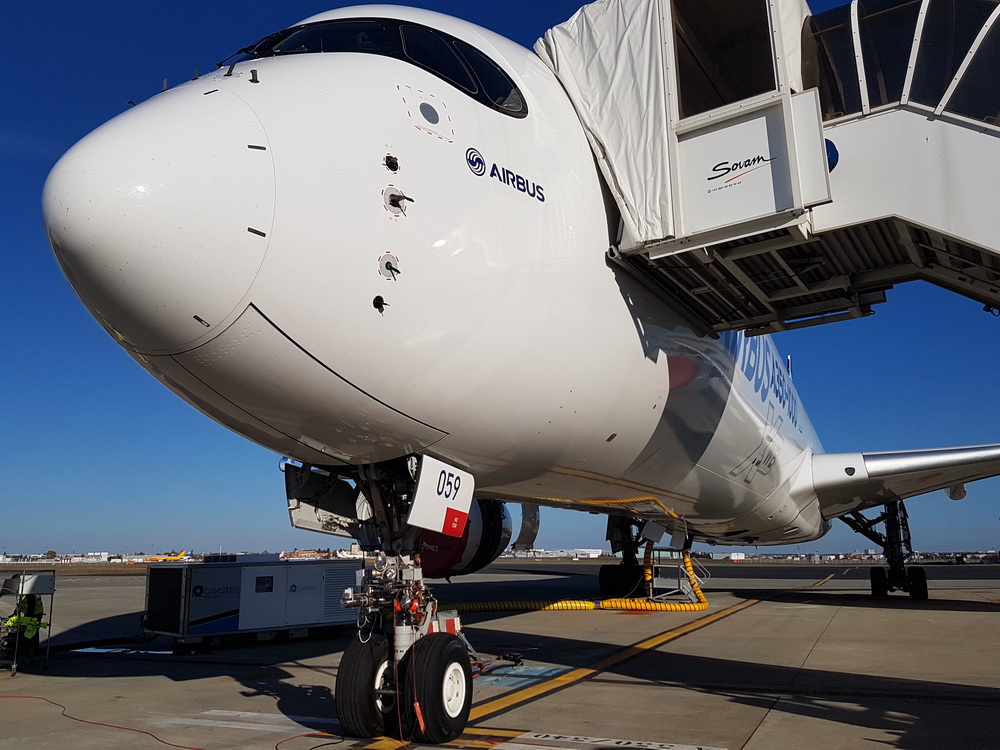Airbus predicts 37,400 aircraft will be required in 20 years
Airbus predicts 37,400 new passenger and freighter aircraft will be required over the next 20 years – an increase of 2500 aircraft compared to last year.
26,540 aircraft will be needed for airlines to expand their fleets and 10,850 will be needed to replace older generation aircraft according to their global market forecast.
The demand for new aircraft will double the global fleet to over 48,000 aircraft resulting in a need for 540,000 new pilots.
Pilot shortages are already a huge threat to airlines around the world, with some airlines even having to cancel flights and park aircraft. Qantas has started operating their Boeing 747s on domestic routes due to problems sourcing 737 pilots. As many as 600 Qantas 737 pilots have reached their maximum allowable flight time of 1000 hours of the period of 12 months, further limiting scheduling options.
With air travel increasing every year, airlines and airports are having to take the brunt of the force. As much as the industry loves the point-to-point model that 787 and A350 type aircraft offer, it won’t be long before very large aircraft become a required asset.
Airbus lists the A350-1000 and A380 in the very large aircraft (VLA) category. 1590 VLA aircraft are expected to be required over the 20 year period, totaling $600 billion at list prices. These aircraft are targeted at heavy freight and passenger routes between major hubs around the world.
Emirates is a prime example of an airline that operates very large aircraft. Their fleet of A380s, 777s and soon 787 and 777x aircraft offer the airline great flexibility in terms of growing air travel and routes.
The market share between Airbus and Boeing is expected to remain at the 50/50 level we see today. However, with new aerospace developments in the Chinese and Russian regions, we could see this one-on-one monopoly change rapidly.
Overall, this figure is expected to be worth over $5.8 trillion dollars at list prices if it proves to be correct. Time will tell whether this prediction is accurate or not.


